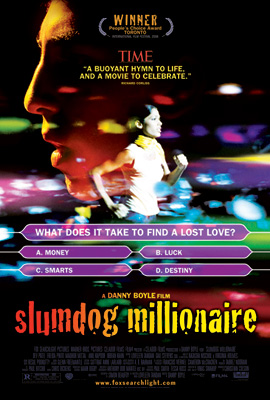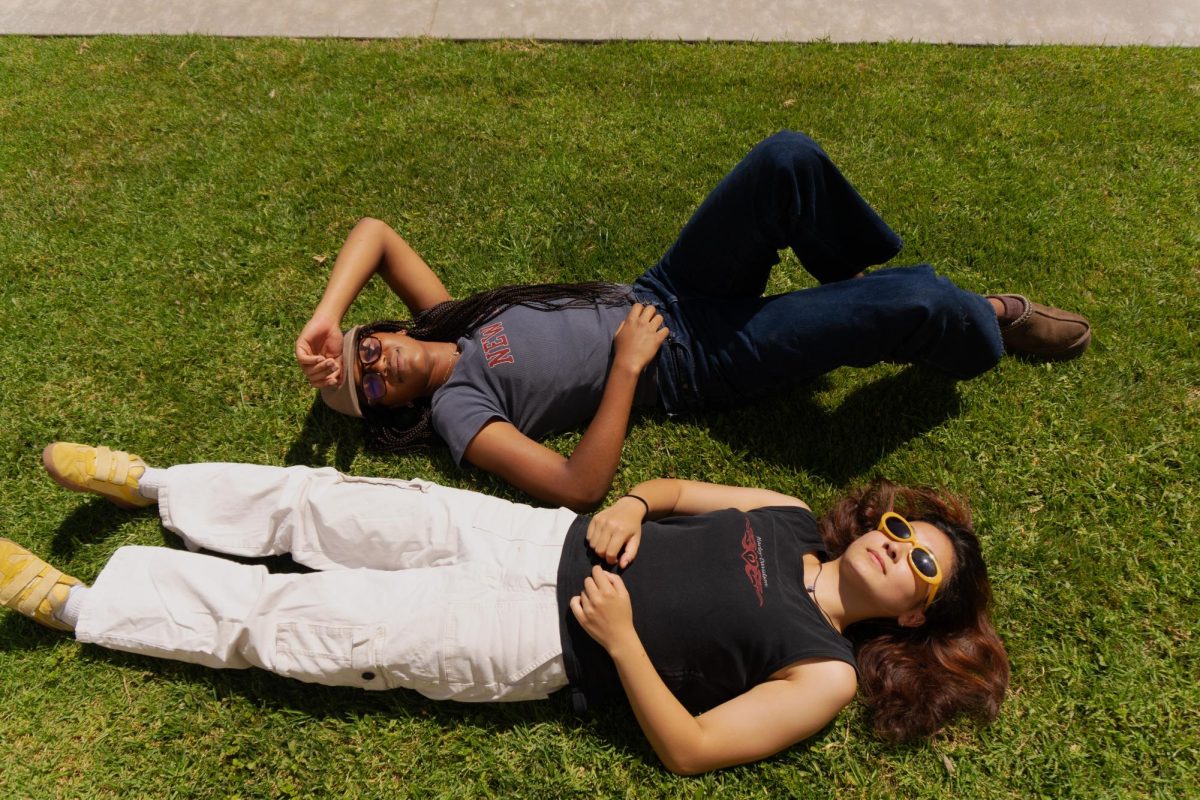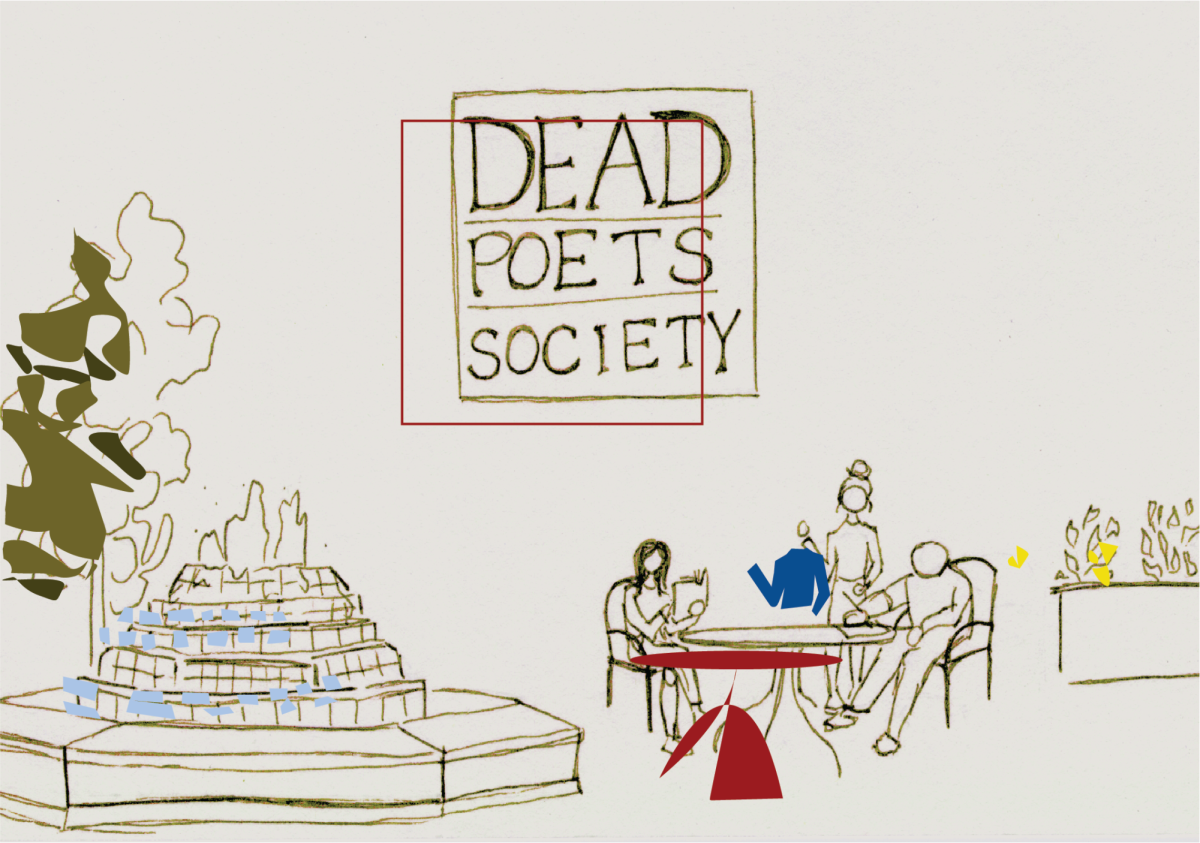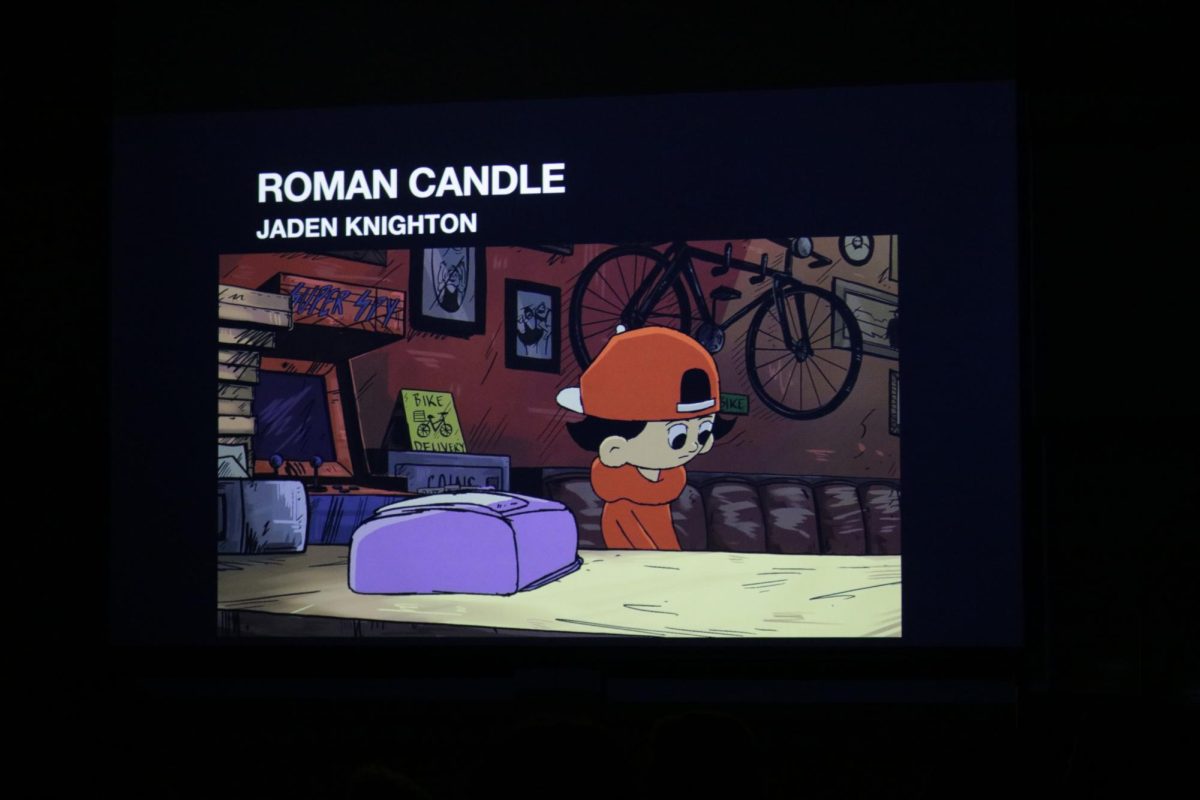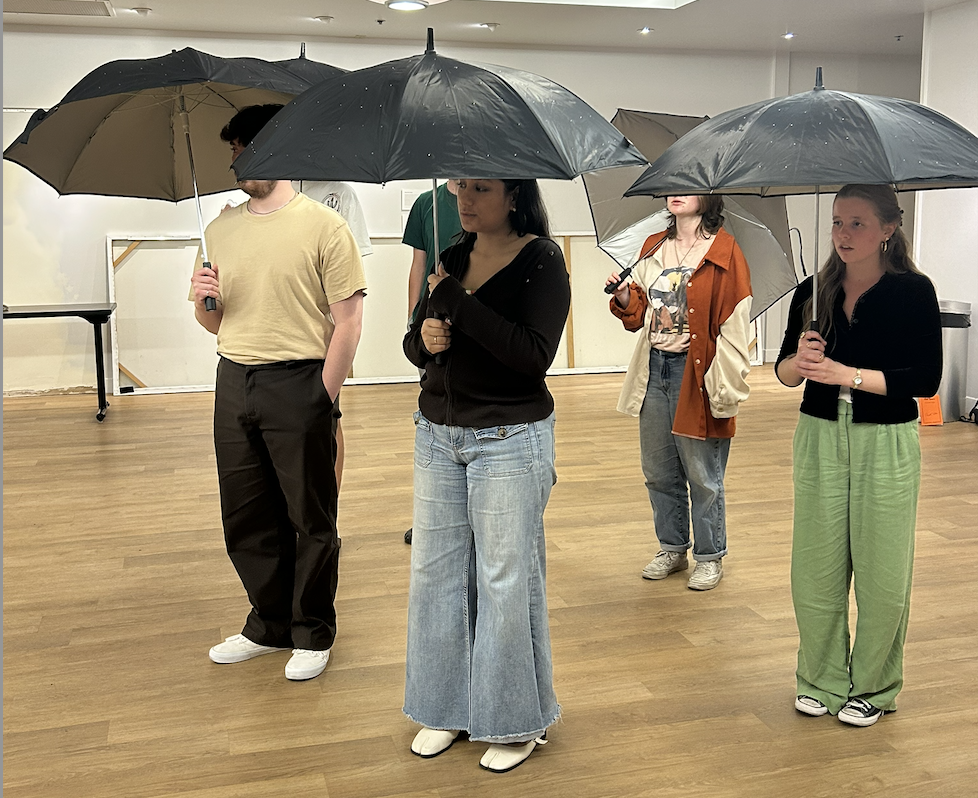Who could have imagined that “Who Wants to Be a Millionaire” would provide inspirational material for an Oscar-worthy film? “Slumdog Millionaire is a story about an orphan growing up in Dickensian poverty, but is given the chance to make the rags-to-riches leap on the stage of a game show. It’s a unique premise, and only through worldwide collaboration was this phenomenal movie made possible.
“Slumdog Millionaire,” which was made in India with local Hindi-speaking child actors, was directed by a British director and produced by Americans. At the Q&A I attended for this film, director Danny Boyle spoke a lot about the differences in the cultures. As outsiders, the filmmakers were able to pick up on elements in Indian society that goes mostly unnoticed in lavishly rich Bollywood movies. “Slumdog Millionaire” depicts the poverty-stricken areas of India not with condescension, but rather with awe and curiosity. Ultimately it’s a film that celebrates life even in the worst living conditions. When most people turn their backs on the orphans of these slums, “Slumdog Millionaire” turns these kids into heroes. Better yet, it turns them into potential millionaires.
The main character is Jamal, a slumdog that becomes lucky enough to land a spot as a contestant on the Indian version of “Who Wants to Be a Millionaire.” He makes it to the final question and waits to continue the show the next day. But the police believe he’s guilty of cheating, so they arrest and torture him to get a confession out of him. But Jamal pleads his innocence. He knew the answers to the game show questions, even though he’s an uneducated orphan from the streets of Bombay. He tells his life story through flashbacks and explains how each answer was somehow related to his experiences on the streets. It may sound contrived to have each game show answer directly relate to his slum life, but the execution doesn’t make it feel that way. Jamal’s story is a universal tale of love and loss, but Boyle puts so much energy and urgency in each segment that the flashbacks work dramatically even if there isn’t a game show device to provide the story anchor.
That’s not to say that the “Who Wants to Be a Millionaire” doesn’t work — actually it’s the opposite. What it does do is turn this harsh story of orphan life into something like a magical fable. It’s uplifting to see Jamal succeed again and again in answering the millionaire questions after we have learned of his terrible past. The film gets an R rating for its depictions of the cruelty to children in slum life. After seeing what he had to go through as a child, it’s not that we want Jamal to accumulate money on the show, we simply want him to succeed after being kicked down so many times. The game show is his ticket to see his dreams fulfilled.
Danny Boyle makes movies that pulsate with life. As he did with “Millions,” he knows how to balance the fantasy and real world drama. He’s known for his great visual style, and here in “Slumdog Millionaire,” his flair doesn’t distract from the storyline, but rather enhances the drama. It breathes life into every moment and makes the slums interesting rather than depressing. This is one of the best films of the year.
“Slumdog Millionaire” is rated R for some violence, disturbing images and language.



